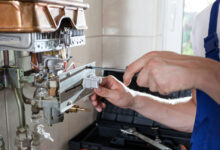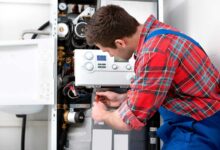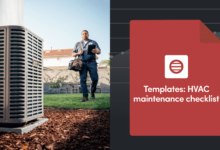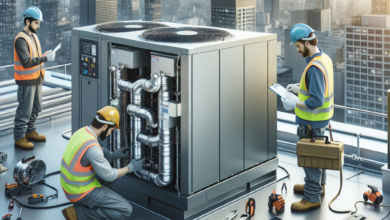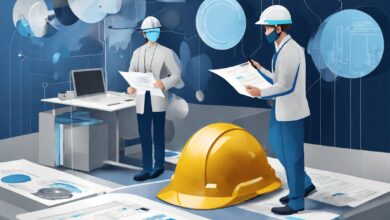Commercial HVAC Installation
Commercial HVAC Installation: Ensuring Optimal Comfort and Efficiency
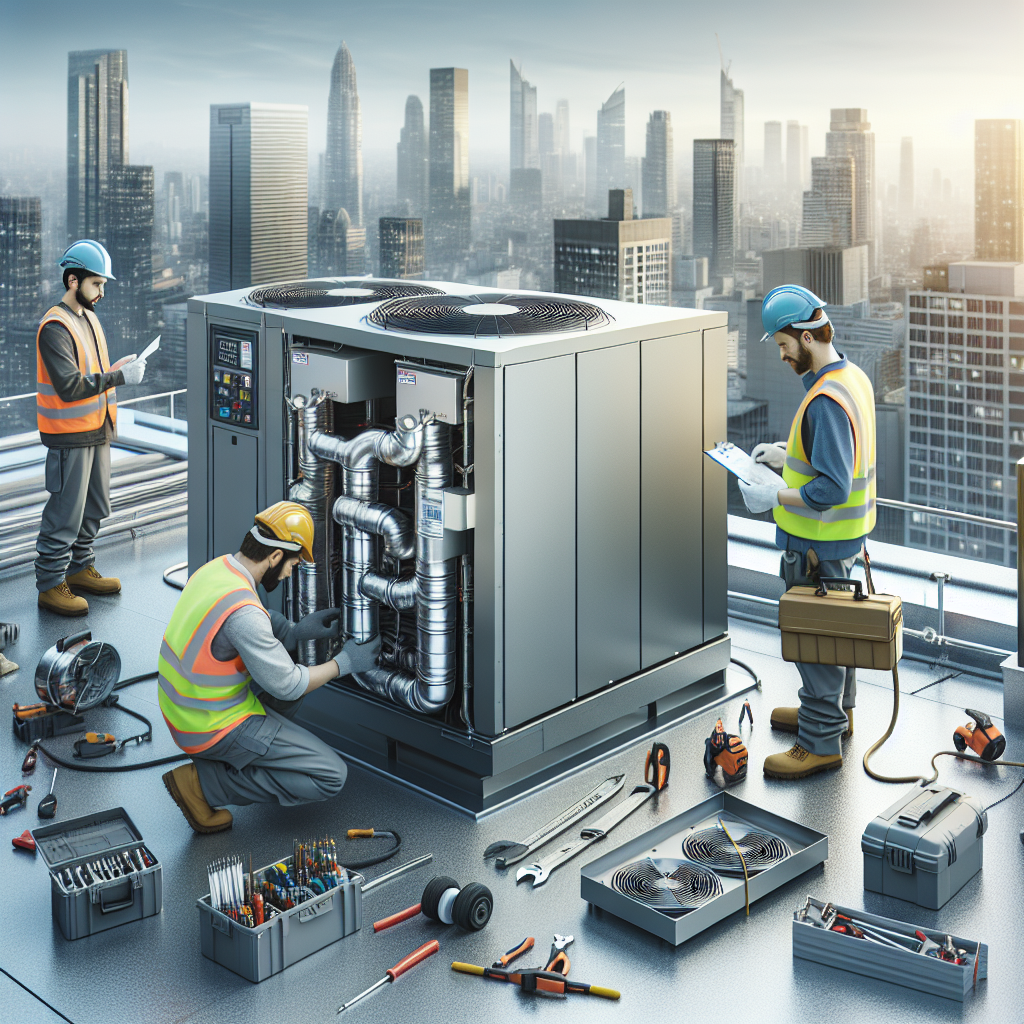
When it comes to creating a comfortable and productive environment for employees and customers, a well-designed and properly installed HVAC (Heating, Ventilation, and Air Conditioning) system is crucial. In commercial settings, where the demands on HVAC systems are often higher than in residential buildings, the importance of a reliable and efficient system cannot be overstated. This article explores the key considerations and best practices for commercial hvac installation, providing valuable insights for business owners, facility managers, and HVAC professionals.
The Importance of a Well-Designed HVAC System
A well-designed HVAC system is essential for maintaining a comfortable indoor environment in commercial buildings. It not only regulates temperature but also controls humidity, filters the air, and ensures proper ventilation. Here are some key reasons why a well-designed HVAC system is crucial:
- Comfort: A properly designed HVAC system ensures that occupants of a commercial building are comfortable throughout the year, regardless of external weather conditions. It provides consistent temperature control and maintains optimal humidity levels.
- Energy Efficiency: An efficient HVAC system can significantly reduce energy consumption and lower utility costs. By using advanced technologies and optimizing system design, businesses can achieve substantial energy savings.
- Indoor Air Quality: A well-designed HVAC system helps maintain good indoor air quality by filtering out pollutants, allergens, and contaminants. This is particularly important in commercial settings where a large number of people gather, as poor air quality can lead to health issues and decreased productivity.
- Equipment Longevity: Properly designed HVAC systems are less prone to breakdowns and require fewer repairs. By investing in a high-quality system and ensuring professional installation, businesses can extend the lifespan of their HVAC equipment.
The Commercial HVAC Installation Process
Commercial hvac installation is a complex process that requires careful planning, expertise, and adherence to industry standards. Here are the key steps involved in the installation process:
1. Site Assessment and Load Calculation
Before installing an HVAC system, it is essential to conduct a thorough site assessment. This involves evaluating the building’s size, layout, insulation, and other factors that can impact the system’s performance. Additionally, load calculation is performed to determine the heating and cooling requirements of the space accurately. This step ensures that the HVAC system is appropriately sized for the building, avoiding issues such as inadequate cooling or excessive energy consumption.
2. System Design and Equipment Selection
Based on the site assessment and load calculation, the HVAC system is designed to meet the specific needs of the commercial building. This includes selecting the appropriate equipment, such as air conditioners, furnaces, heat pumps, and ventilation systems. Factors such as energy efficiency, capacity, noise levels, and maintenance requirements are considered during the equipment selection process.
3. Ductwork Design and Installation
The design and installation of ductwork are critical for the proper functioning of an HVAC system. Ductwork distributes conditioned air throughout the building and ensures uniform temperature control. It is essential to design the ductwork layout carefully, considering factors such as airflow, pressure drop, and noise reduction. Professional installation is crucial to avoid leaks, improper insulation, and other issues that can compromise system performance.
4. Equipment Installation
Once the system design and ductwork installation are complete, the HVAC equipment is installed. This includes placing and connecting air conditioners, furnaces, heat pumps, and other components. Proper installation techniques are followed to ensure optimal performance, energy efficiency, and safety. It is recommended to hire experienced HVAC professionals for equipment installation to avoid costly mistakes and ensure compliance with local building codes.
5. Controls and Automation
Modern commercial HVAC systems often incorporate advanced controls and automation features. These allow for precise temperature and humidity control, scheduling, and remote monitoring. During the installation process, the controls and automation systems are integrated with the HVAC equipment, ensuring seamless operation and energy optimization.
6. Testing and Commissioning
After the installation is complete, thorough testing and commissioning are conducted to verify the system’s performance. This includes checking airflow, temperature differentials, refrigerant levels, and overall system functionality. Any necessary adjustments or fine-tuning are made to ensure optimal performance and energy efficiency.
Benefits of Professional Commercial HVAC Installation
While some businesses may consider cutting costs by opting for amateur or DIY hvac installation, the benefits of professional installation far outweigh the initial savings. Here are some key advantages of hiring experienced HVAC professionals:
- Expertise and Experience: HVAC professionals have the necessary knowledge and experience to design and install complex commercial HVAC systems. They stay updated with the latest industry trends, technologies, and building codes, ensuring a high-quality installation.
- Compliance with Regulations: Commercial HVAC installations must comply with various local, state, and federal regulations. HVAC professionals are well-versed in these regulations and ensure that the installation meets all necessary requirements.
- Time and Cost Savings: Professional installation minimizes the risk of errors and costly mistakes. HVAC professionals work efficiently, saving time and reducing the likelihood of future repairs or system failures.
- Warranty Protection: Many HVAC manufacturers require professional installation to validate their warranties. By hiring professionals, businesses can ensure that their HVAC equipment is covered by warranty, providing peace of mind and potential cost savings in case of equipment failures.
Case Study: Energy-Efficient HVAC Installation at Some Corporation
A large Corporation office building in downtown, recently underwent an HVAC system upgrade to improve energy efficiency and occupant comfort. The project involved the installation of a state-of-the-art HVAC system designed specifically for commercial buildings. The key features of the installation included:
- High-efficiency air conditioners and heat pumps with variable speed compressors
- Energy recovery ventilation system to minimize heat loss and improve indoor air quality
- Smart controls and automation for precise temperature and humidity control
- Zoning to allow for individual temperature control in different areas of the building
The installation resulted in significant energy savings for XYZ Corporation. The new HVAC system reduced energy consumption by 30% compared to the previous system, resulting in annual cost savings of over $50,000. Additionally, the improved comfort and indoor air quality led to increased employee satisfaction and productivity.
Conclusion
Commercial hvac installation plays a vital role in creating a comfortable and efficient indoor environment for businesses. A well-designed and professionally installed HVAC system ensures optimal temperature control, energy efficiency, indoor air quality, and equipment longevity. By following the proper installation process and hiring experienced HVAC professionals,
